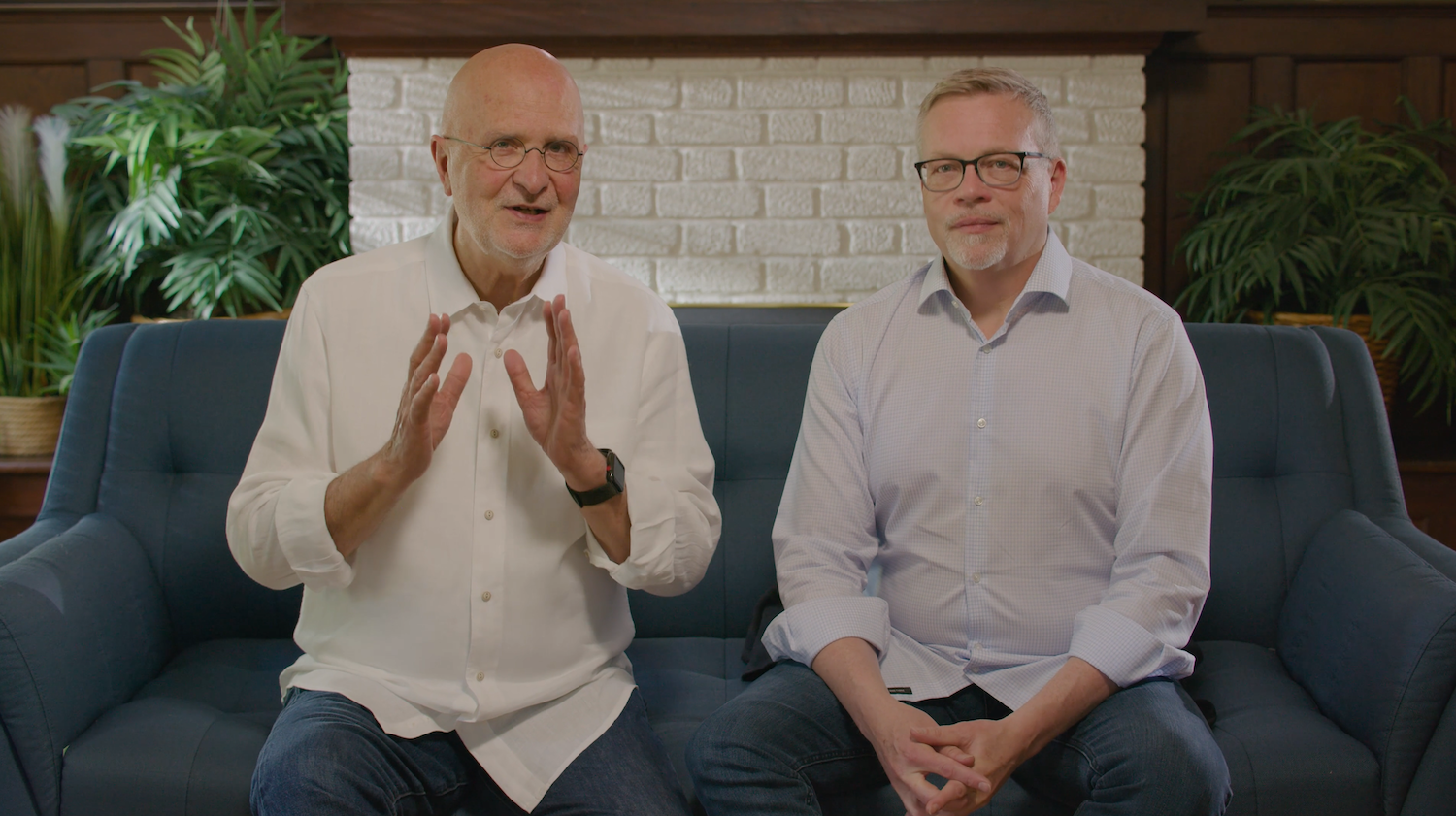Richard Perry
Welcome to the Question of the Month. Since we started Veritus, we’ve been talking about how non-profits need to change how they think about and treat their donors. Yet it’s a shift that is still desperately needed in many non-profits. So that’s what we’re going to be talking about today. Now, here’s this month’s question, Jeff, here’s this month’s question. What is holding non-profits back from treating their donors well?
Jeff Schreifels
Well, that’s a great question and one that we’ve been grappling with, from the very beginning. And we’ve been talking about this, I think, since the very first time we wrote anything about this work, right? Really, yeah. Because organizations are not treating their donors well.
Richard Perry
Which is why they’re going away, in just record numbers.
Jeff Schreifels
40, 60%. You know, year over year, we’re just losing them. I think there’s two major reasons. And the first one is, is that organizations are not set up right. They don’t have collaboration with each other. So you have all these structures, departments working for themselves, not working as a team. So you’ve got the direct response team, you’ve got the mid-level, you got major gifts, planned giving. And sometimes they never talk to one another. In fact, we’ve seen some organizations that have different databases for the direct response, and the major gift side, so they never talk to one another. And therefore, none of these donors are moving up the pipeline, as well as they could be.
Richard Perry
And they have different crediting policies, so you get credit for this, and then sometimes they’re in conflict.
Jeff Schreifels
Exactly. Their system and structures, they’re not set up properly, they’re not aligned together. They don’t have a structure, where they’re working together with direct response, the mid-level, the major gift and the planned giving side. They’re all working separately.
Richard Perry
Like to pass the donor along, it’s like passing the donor along is a foreign concept.
Jeff Schreifels
Right. So you might have KPIs for the direct response team, that if they let go their donors, they’ll lose revenue, which will mean they’ll lose, you know, their big KPIs, which is to grow the thing. And there’s nothing in their KPIs that say, we need to move donors up the pipeline.
Richard Perry
Which is how they naturally want to move.
Jeff Schreifels
That’s right. So it’s not set up to honor the donor. It’s about setup to create the best thing for each department internally.
Richard Perry
And so what do you do about these things? What’s the answer?
Jeff Schreifels
Well, I think first of all, you got to revisit this whole structure thing. Is the structure aligned to the pipeline? Are those KPIs in alignment with moving the donor from acquisition, to making that planned gift? That would be number one. The second thing is, is that you don’t allow one discipline to overpower another. So you don’t have direct response leading the whole thing. Yep. And then major gifts is like the step-child, right, or the major gifts is doing everything. And there’s no donors coming in, because there’s no investment made in the donor acquisition part. So they all have to align together and play well together, or else it doesn’t work.
Richard Perry
Which requires a leader up above, making sure that they value the whole thing equally and understand how it works.
Jeff Schreifels
And then not only the discipline about that, but then the investment in each area, that has to be aligned correctly. So there again, that’s where a leader has to take control and say, look, we need to invest in all of these areas properly. And not one gets more than the other.
Richard Perry
Yeah but what if acquisition, donor acquisition, is just going nuts. They’ve never seen the kind of response and the cost per donor and it’s the revenue per donor. It’s like, we got to put more money into it. I mean, what’s wrong with that? We just put tons of money over there.
Jeff Schreifels
Well, if it’s working well, I can see you want to invest in that. But that can’t be, you can’t take one from the other. If you’re going to invest a lot in donor acquisition, eventually, that’s going to have to trickle up into the major gifts. And you’re going to have to hire more people, because there are going to be more major donors coming into that pipeline. Right?
Richard Perry
Right. Right. And you need to invest almost a related amount over in the other process.
Jeff Schreifels
Exactly. So it’s not one or the other. It’s yes, and. Right?
Richard Perry
That’s great stuff Jeff. Thank you. And I hope this has been helpful in identifying where you need to focus so you can treat your donors differently. A great place to start to make this shift is to focus on building a culture of philanthropy. We have a free white paper that will guide you through that process, and help you clearly identify actions you can take. Just click on the button below to download your copy. Thank you and see you next time.

![A donor is showing her membership card. Moving Out of a Membership Mindset [Podcast Episode]](https://veritusgroup.com/wp-content/uploads/2022/08/Podcast-Episode-Blog-Post-Header-Image_081722.png)





0 Comments